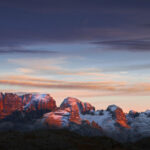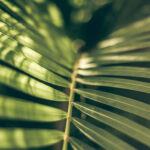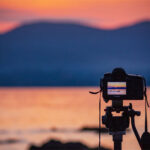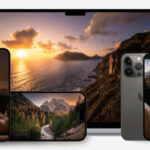Natural window light is one of the best forms of soft, flattering light available to photographers. However, it’s not always possible to have access to a window during in a studio shoot. In this video by professional photographer Kevin Kubota, we learn how simple it is to simulate a daylight window by creating a home made light-box and how to shoot creative and engaging portraits with this set up:
Firstly, Kevin explains how he sets up his light-box.
- The box is made from three large aluminium frames set in a wedge shape.
- The front panel is covered with a translucent white fabric whilst the two side panels use reflective white fabric to bounce the light back towards the front panel
- A single flash head is used, placed at the tip of the wedge and the two reflective panels are closed up to effectively seal the wedge.
- Kevin explains that it is important to place the light right at the tip of the wedge in order to produce the softest light, moving it too close to the translucent front panel will create a hotspot.
With the light-box set up, Kevin proceeds to explain his techniques for shooting a head and shoulders shot with this arrangement.
- When working with women, Kevin suggests using short lighting. This is where the photographer shoots across the model in such a way that the broader part of the model’s face is in shadow. This helps hide imperfections and blemishes.
- The closer the light-box is to a subject the softer and smoother the light will be. He also uses a technique that he calls “from ear to here”. By this he means that he places the front edge of the light-box as close to the model’s ear as possible and shoots from a position at the other edge of the light-box. This helps wrap the light around the model’s face and brightens up the shadow areas.
- Kevin also prefers to place the line of the light-box in line with the periphery of the lens’s field of view.
- To add further light to the model’s face, Kevin brings in another panel with white reflective material and places it directly opposite the light-box
- The final addition to the studio set up is a backlight. This consists of a pole mounted and triggered Nikon Speedlight. Attached to the Speedlight is a Rogue Grid attachment from Expo Imaging. This lightweight and simple attachment converts the flash into a grid light to add separation to the background.
Kevin goes onto explain that although he uses pre made lighting panels, it is possible to even make your own panels from PVC pipe and parachute cloth.
Like This Article?
Don't Miss The Next One!
Join over 100,000 photographers of all experience levels who receive our free photography tips and articles to stay current:









Leave a Reply